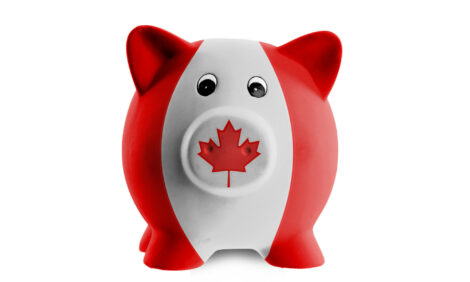



Chinese Pig Meat Imports up Sharply
CHINA - Imports of fresh and frozen pork were 134 per cent more last year than in 2010, reports AHDB in its European Market Survey, while pig offal imports were up 26 per cent. Increases were recorded for almost all the main exporting countries. Additional countries will have access to the Chinese market during 2012, including Brazil and more EU Member States.China’s economy has grown at about eight per cent per year over the last two decades. Increasing incomes have led to a changing food consumption pattern, in particular, an increasing consumption of meat. Pork has historically been the primary animal protein source in Chinese diets, and its consumption level has increased significantly.

Similarly, Chinese pig production has increased over the past 20 years at an average rate of 2.1 per cent per year. However, at the same time, production costs have also risen, squeezing profit margins from many backyard producers despite relatively high pork prices. In 2011 pork production in China declined by three per cent as low prices through the first half of 2010 encouraged many smaller producers to exit the industry. In addition, producers were faced with unusually severe and persistent outbreaks of animal diseases, such as FMD, PRRS and pig epidemic diarrhoea in piglets in late 2010 and early 2011.
Imports of pig meat have risen dramatically to fill the resulting supply gap. Official trade figures indicate that Chinese imports of fresh and frozen pork were up 134 per cent compared with 2010. The average price of imports was up 65 per cent in renminbi terms due to a combination of rising prices and an increasing share of more expensive cuts.
In May 2010, the United States resumed exports to China following the lifting of trade restrictions on pig meat associated with A-H1N1 influenza. This enabled the US to account for over half of all pork imports in 2011, compared to just 15 per cent the year before. According to Chinese data, some of this rise came at the expense of Denmark, whose shipments declined by 17 per cent. However, this contradicts Danish trade figures which show increased shipments, albeit from a lower base. Other EU Member States shipped increased quantities, particularly Spain, France and Germany. Overall imports from the EU increased by 24 per cent compared with 2010 levels. Canada was the other major supplier of pork to China and its shipments increased by 27 per cent in 2011.
Similarly, the total volume of offal imports to China increased by 26 per cent compared with a year ago. This coincided with a 23 per cent increase in the renminbi unit price of offal imports. Again, the growth in offal imports was mainly made up of increased shipments from the US. This was partly offset by reduced volumes from Denmark and Canada, previously the two largest suppliers, although again this contradicts the trends recorded in those countries’ trade data.
Fuelled by increased prices, China’s pork producers have steadily expanded the herd size during 2011 and this will help boost pork output in 2012 according to the USDA forecast. In addition, production growth is also being supported by China’s decision in July 2011 to resume a 100 yuan (CNY; US$15.60) per sow subsidy and introduce other policies to encourage herd expansion. Nevertheless, imports are likely to continue to grow in 2012, fuelled by relatively strong economic growth and continued firm demand for pork. Additional countries will have access to the Chinese market during 2012, including Brazil and more EU Member States.
Further Reading
| - | You can view the full AHDB report by clicking here. |








